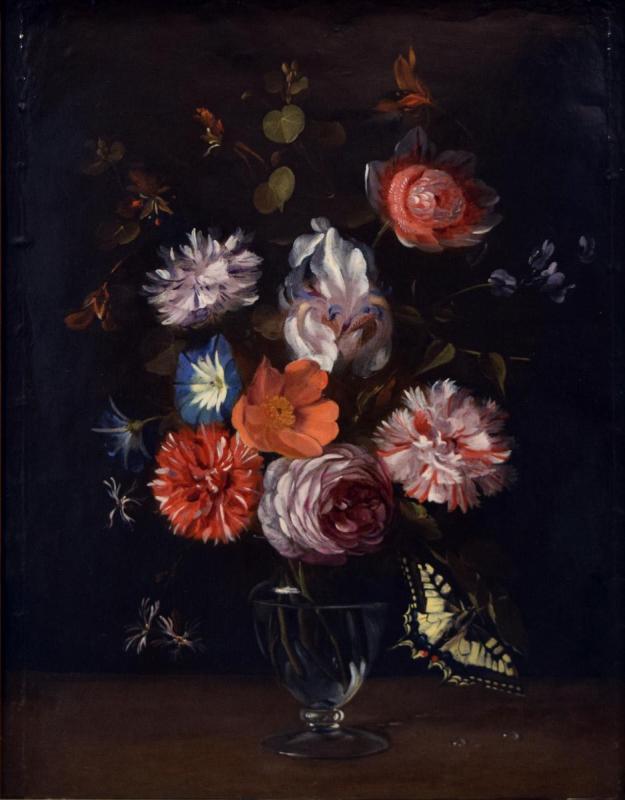
Over the past few weeks, Reading, PA has been dreary and rainy. Yet, as the days gradually get longer and the air warmer, we can look forward to the beautiful flora and fauna of May ahead. While grey afternoons are replaced by vibrant budding cherry blossoms and freshly planted tulips, flowers encapsulate nature’s beauty.
For centuries, flowers have been featured in paintings. Perhaps it is their innate beauty, from their intricately patterned petals to their different shades of colors. They can be used to symbolize deeper meanings like depicting a story, the artist’s mood, or a variety of emotions. Sometimes they are placed in the background of a canvas or sometimes front and center.
In the 1400s during the Renaissance, painters used flowers to show deep philosophical and Christian symbolism. The white lily often represented the Virgin Mary and her purity and radiance. Jumping forward a few centuries, in the early 1900s, many Expressionist and Fauvist artworks, characterized by bold colors and textured strokes, used beautiful blossoms to depict everyday moments in life dramatically and colorfully in exaggerated forms.
Known for his bold colors and fluid shapes, 20th century French Fauvist and Impressionist painter Henri Matisse (1869–1954) often featured flowers in his works. He is even quoted saying, “There are always flowers for those who want to see them.”
While flowers allow artists to portray these vital underlying details in abstract or fluid form, they can also be used by realists who illustrate the world as it is, incorporating these same meanings. Realist painters pay meticulous attention to detail, to enhance the visual richness of the artwork. Instead of abstract designs and strokes like Expressionists and Fauvists, they observe and reproduce the natural beauty of the blooms, focusing on the vibrant colors and intricate patterns of the petals.
One still life artist who is featured in RPM’s permanent collection is Ambrosius Bosschaert the Elder (Dutch, 1573–1621). One of the pioneers of Dutch still life paintings, his works are sometimes called “flower portraits” because of the elaborate details in his paintings that can also be seen in the face of a portrait. His paintings incorporated flowers from different seasons, shells, insects, and sometimes symbolic or religious meanings.
The Reading Public Museum is located at 500 Museum Road Reading, PA 19611 and is open to the public every day from 11am-5pm.


 Menu
Menu
